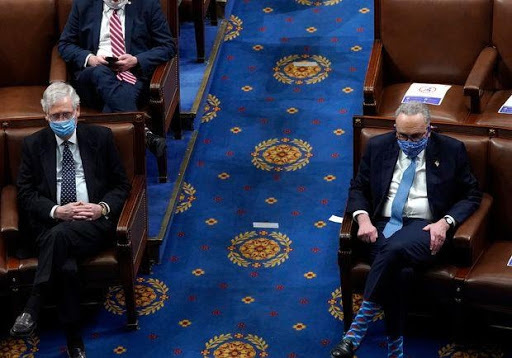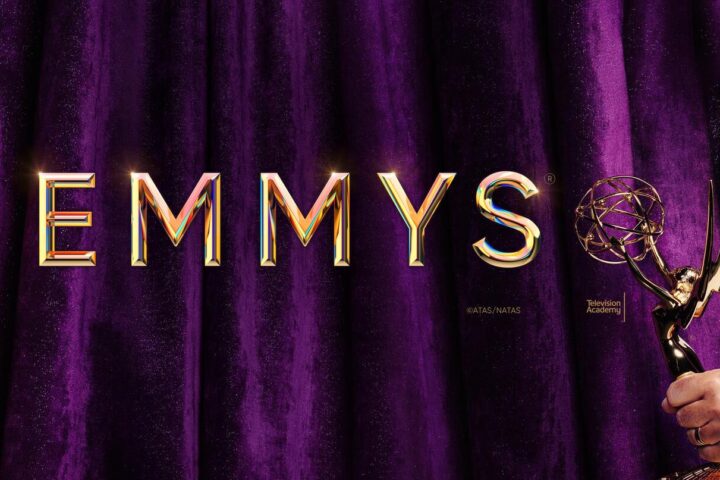Recently, much of the news cycle in Washington has been devoted to discussions about the passage of pieces of the Democratic agenda such as an infrastructure bill and the $15 minimum wage. This task is complicated as although the Democrats have a majority in both the House of Representatives and the Senate, the Senate has a practice called the “filibuster” where no bills can get passed unless 3/5ths of the Senate approves. To try and overcome this, the Democratic party is considering the controversial topic of eliminating the filibuster to allow legislation to pass by a majority vote. The Knight News has put together a short guide explaining what has at times been a murky debate.
As mentioned, the filibuster is a tactic used in the Senate to stall debate (and thus prevent a vote) on a particular bill in order to stop it from being passed. In theory, a filibuster is where a group of senators keeps talking often about something nonsensical for hours in an effort to stall a vote. In this way, the minority group in the government can still have their voice heard by stalling bills they disagree with. In the view of QC Political Science Professor Michael Krasner however, things are now different. “There used to be a physical dimension to it [which was the] price the minority had to pay [for filibustering],” Prof. Krasner explained. “What happens in the Senate now…is that a senator can simply say they are going to filibuster something [without actually speaking] and the responsibility for ending the filibuster shifts to whomever wants to pass the bill.” The only way to break a filibuster is through something called “cloture” requiring 3/5ths of the Senate to vote to end debate on an issue. This usually results in either a bipartisan compromise or, more often, a deadlock killing the bill.
In 1974, the Senate created “reconciliation” which allows certain budgetary-related bills to pass the Senate through a simple majority vote. This has become the primary vehicle for getting many controversial pieces of legislation passed in recent years. However, this process has limitations. As it is only to be used for budgetary matters, many key pieces of legislation cannot be passed through reconciliation. Most recently, the $15 minimum wage component of President Biden’s American Rescue Plan was removed after it was ruled ineligible to be passed through reconciliation.
As the debate surrounding the filibuster is still lively, its future remains unclear. Some in the Democratic party are calling for its abolishment using what’s known as the nuclear option, or the power to terminate a filibuster with a simple majority vote. The nuclear option has been discussed for decades but has never been used to entirely eliminate the filibuster. The closest it came to being introduced was in 2005, when a group of senators known as the “Gang of 14” reached an agreement to avoid the nuclear option. Regardless, the filibuster’s power has eroded in recent years, first in 2013 with the elimination of the filibuster on executive confirmations other than the Supreme Court, and then in 2017 when the Supreme Court exception was removed.
Eliminating the filibuster would have a massive impact on both President Biden’s agenda and the 2022 midterm elections. President Biden would potentially be able to pass many of his more ambitious proposals through Congress, which in turn would have a trickle-down effect on the elections. As Krasner notes, “They could pass a whole progressive program. If they did that, then it would have, I think, an enormous impact on the 2022 election since they would have…a whole range of programs that would [potentially] appeal to a [broad] swath of the American people.”











